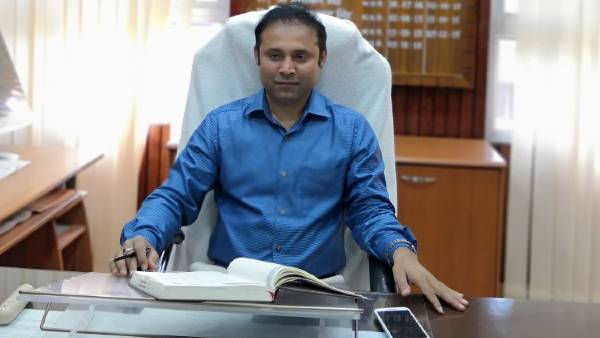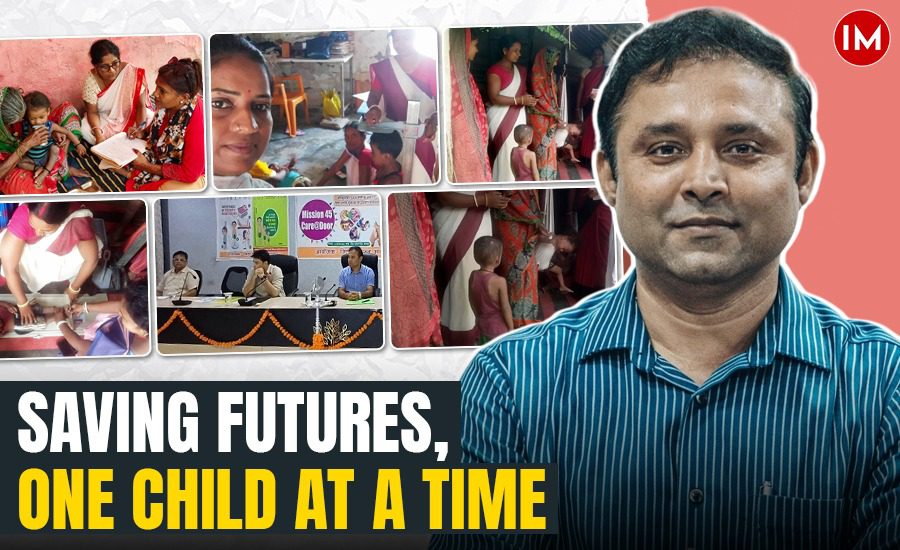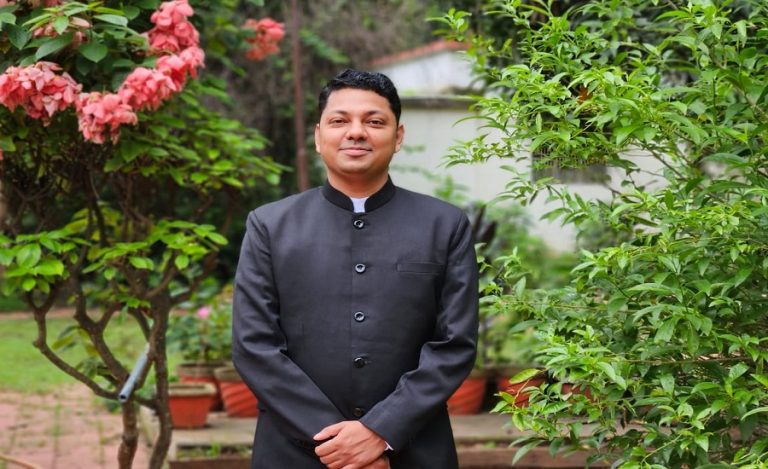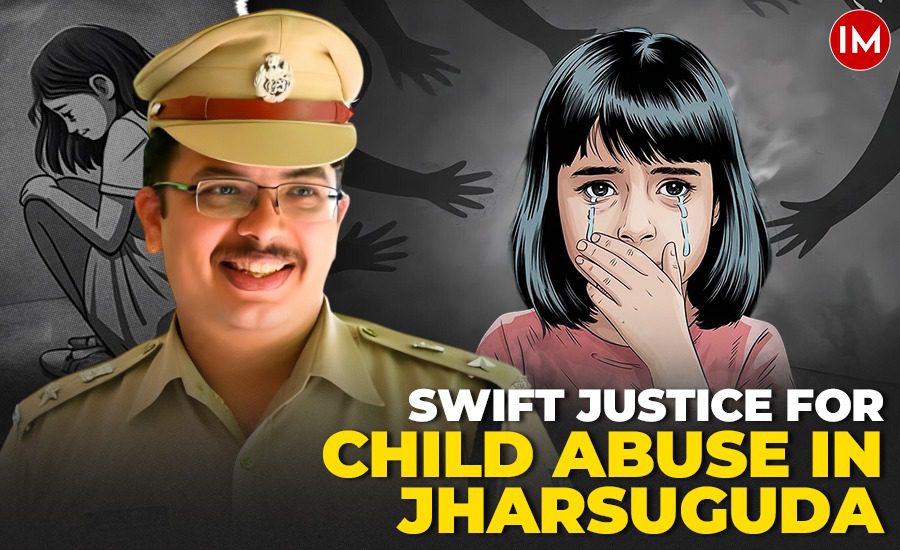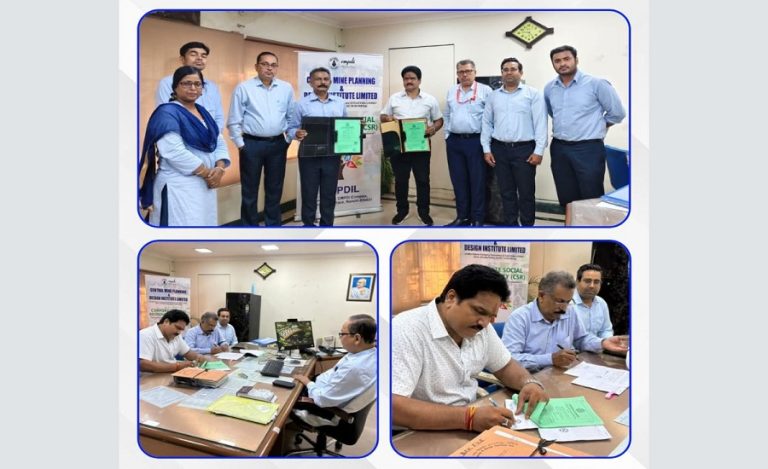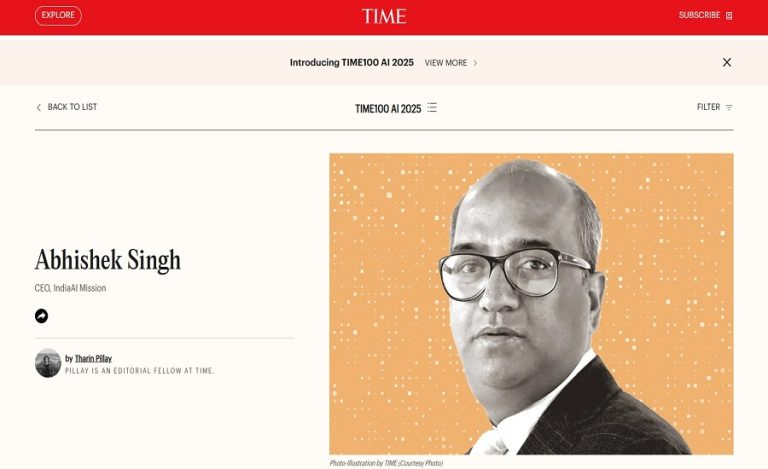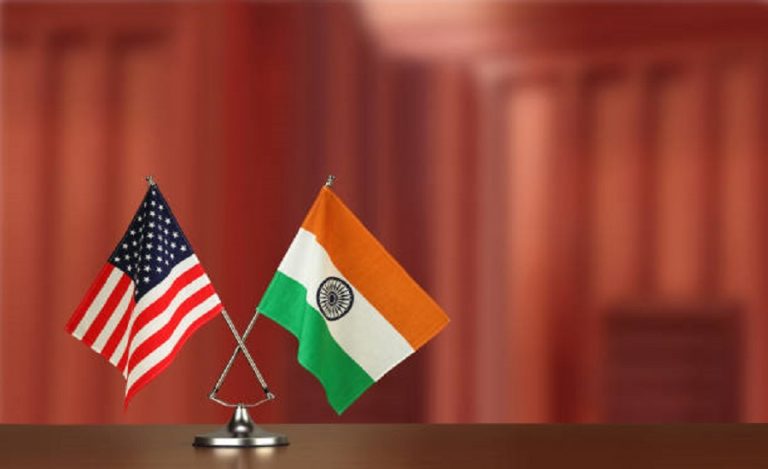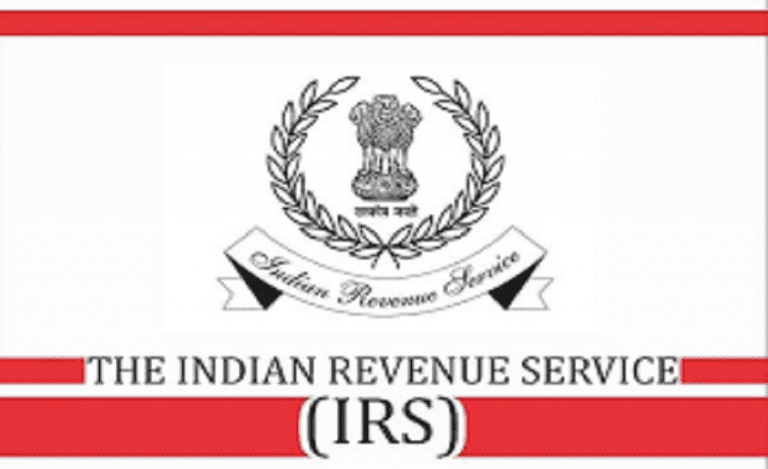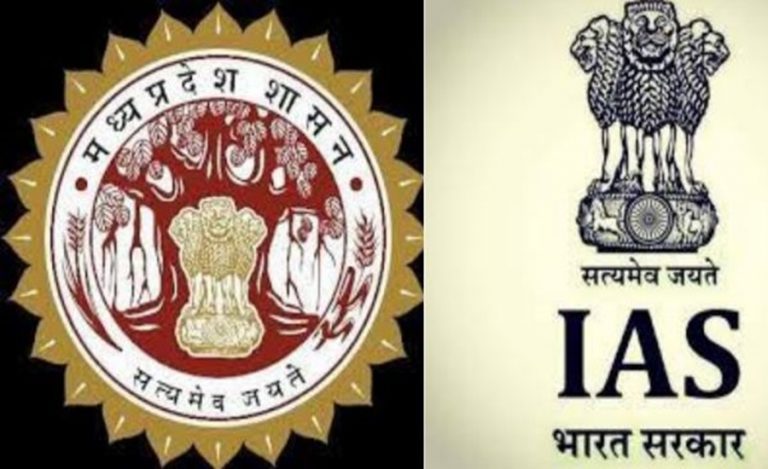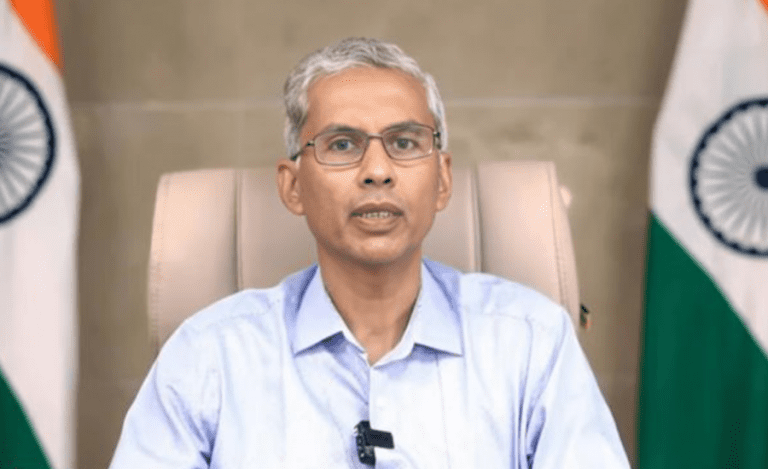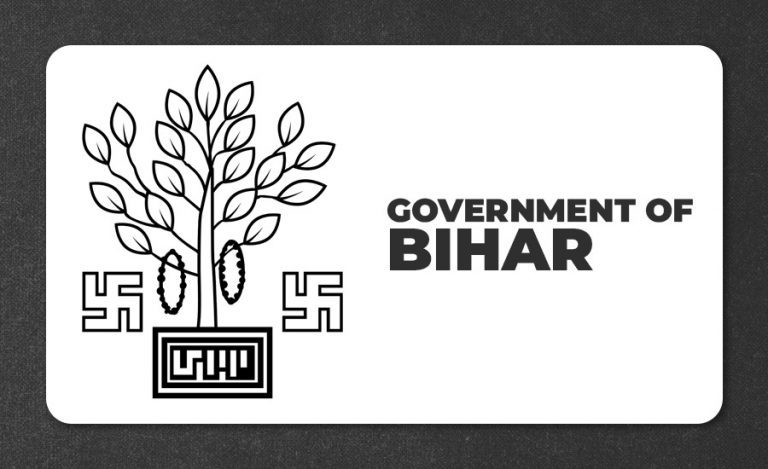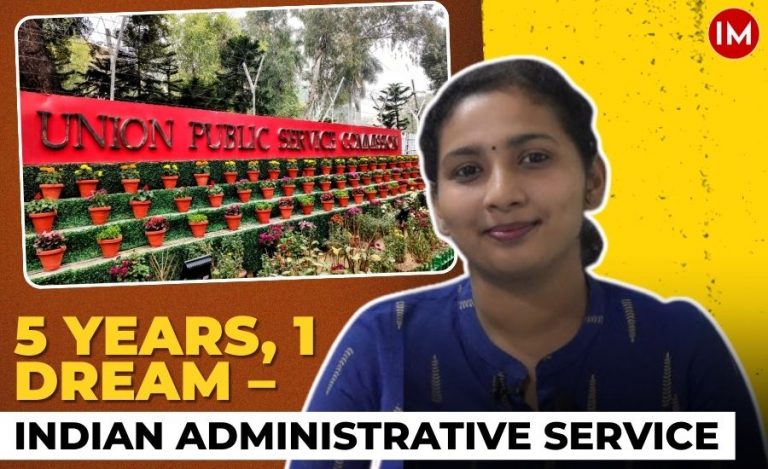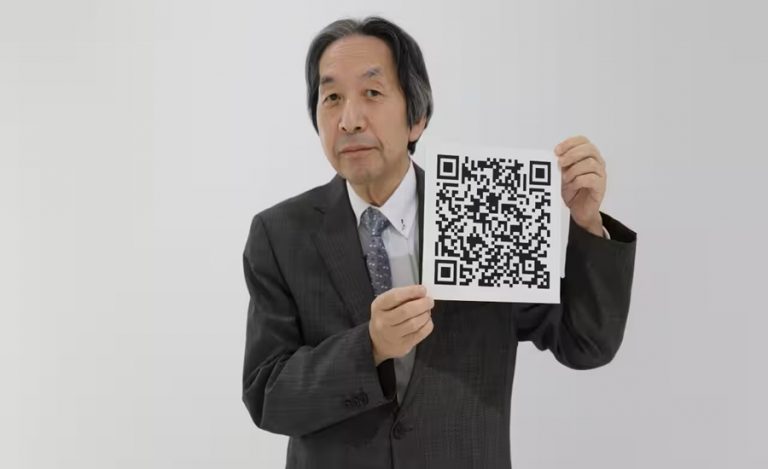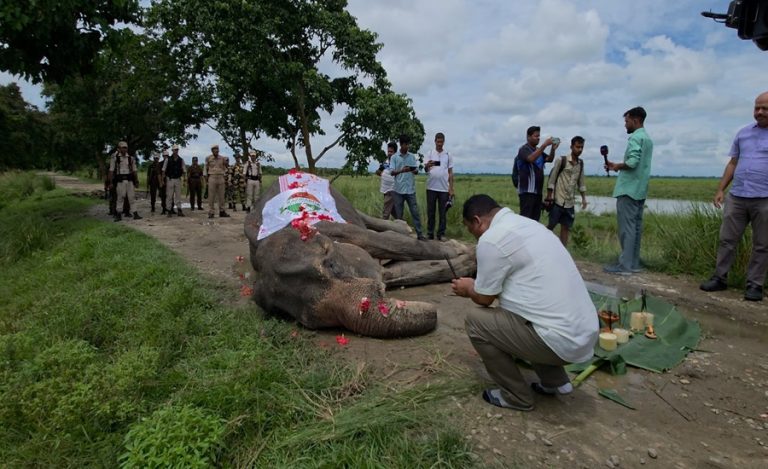When IAS officer Dr. Nawal Kishore Choudhary first visited the Anganwadi centers and hospitals of Bhagalpur, Bihar, he was struck by the haunting sight of severely malnourished children — frail bodies, distended bellies, hollow eyes. Parents, most of them marginal farmers or daily wage workers, had little awareness about the silent dangers of malnutrition. Driven by his medical background and deep compassion, Dr. Choudhary knew that urgent, large-scale action was needed. Thus was born Mission 45 Care@Door—an ambitious, district-wide intervention to tackle child malnutrition head-on within a focused 45-day timeframe.
“The sight of a child suffering simply because of lack of food and awareness is the biggest failure of any system. We had to create a movement,” Dr. Choudhary who is an IAS of 2013 batch told to Indian Masterminds.
THE BIRTH OF A MISSION
According to NFHS-5 (2019-21), Bhagalpur’s child malnutrition rates were alarmingly above the national average. As per Poshan Tracker, by July 2024, around 10,507 children (0-5 years) were classified under Severe Acute Malnutrition (SAM), constituting 5.13% of the child population. Recognizing the gravity, Dr. Choudhary launched Mission 45 Care@Door in August 2024, setting an audacious goal: rescue thousands of malnourished children in just 45 days through a multi-departmental, grassroots-focused approach.
The 45-day model wasn’t arbitrary – scientific studies show significant improvements in nutrition status within 6-8 weeks with targeted interventions. The mission was carefully crafted to align with this recovery window, ensuring rapid, visible results to encourage both community participation and administrative momentum.
“We didn’t aim for an abstract improvement. Every child mattered; every home was our battlefield,” he said.
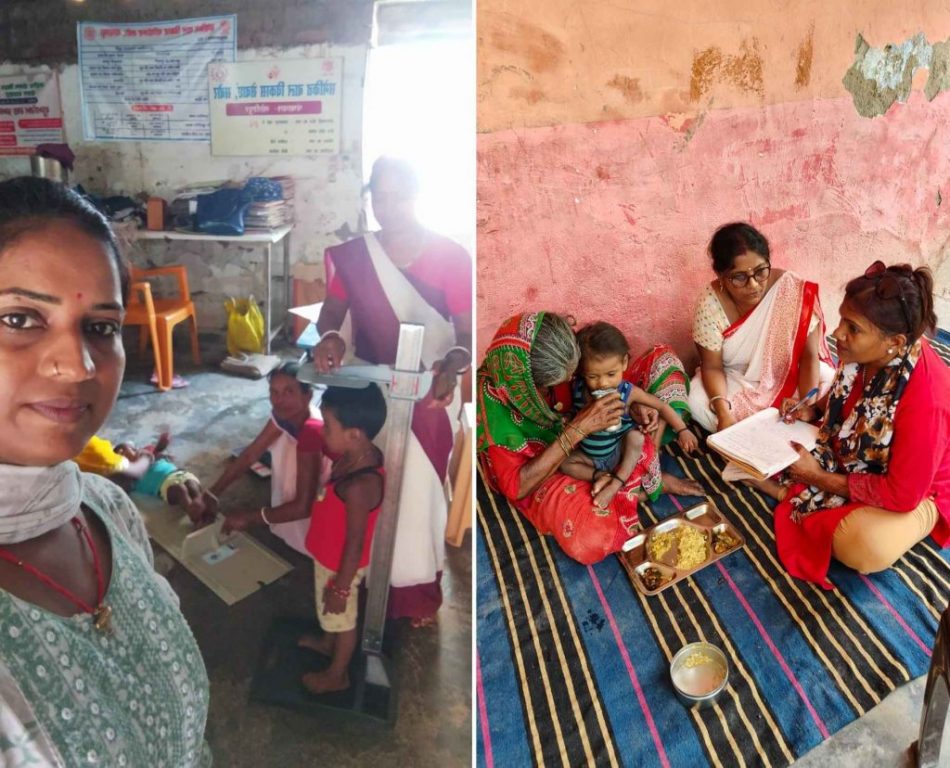
HOW THE MODEL WORKED
At the core of Mission 45 Care@Door was a three-tiered implementation structure-
- District Level: A task force, chaired by the District Magistrate, comprising ICDS, Health, Panchayati Raj, JEEVIKA, and Education Department officials, was set up. They strategized, trained personnel, and continuously monitored progress.
- Block Level: Block Development Officers were made nodal officers. They coordinated health camps, surveys, and follow-ups, ensuring timely action.
- Panchayat Level: Anganwadi workers, ASHAs, Self-Help Groups (SHGs), and Panchayati Raj members executed interventions on the ground, ensuring no child was left out.
Children were categorized based on severity-
- Category A: Immediate referral to Nutrition Rehabilitation Centers (776 children).
- Category A1: Medical kits provided at home (1,664 children).
- Category B: Regular monitoring and home-based support (6,871 children).
Customized diet charts were created by nutritionists for each child, taking into account locally available foods, making interventions sustainable even after the official mission period. Health kits with medicines, electrolytes, and nutritional supplements were distributed. Specially trained Master Trainers ensured real-time data collection and monitoring through door-to-door surveys.
“We learned that mothers are the best nutrition warriors once empowered. Their participation became our biggest strength,” shared one frontline worker.
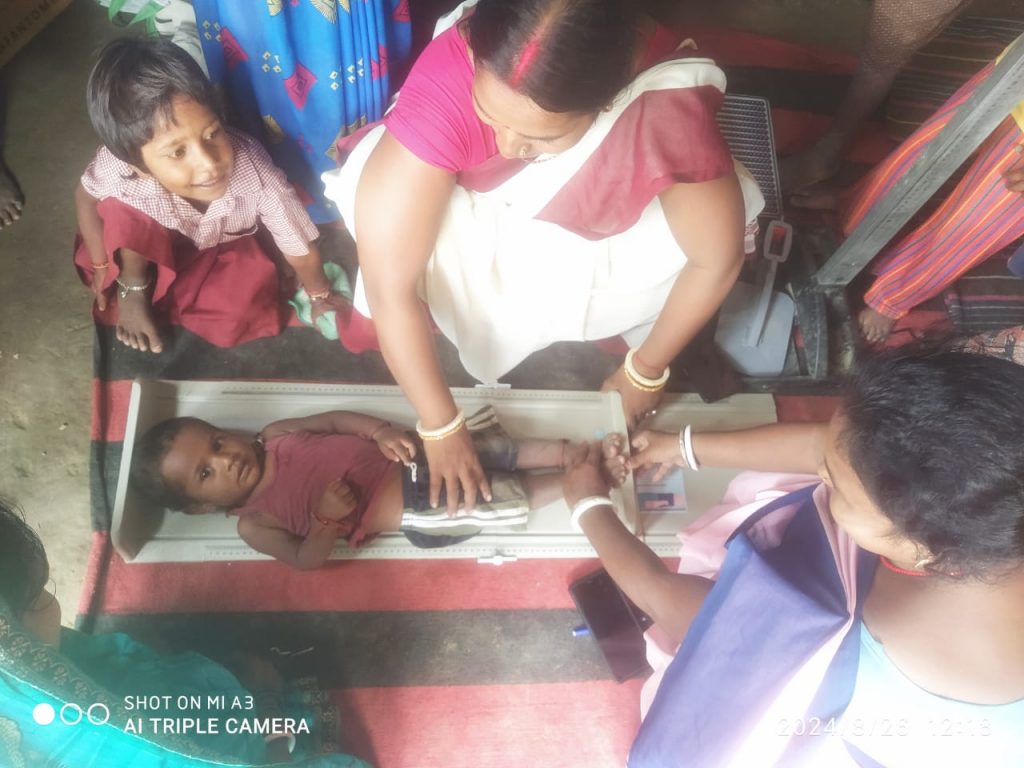
COMMUNITY FIRST
Community engagement was a game-changer. Awareness drives, open meetings, village-level nutrition festivals, and local media partnerships broke traditional barriers. Parents who were initially hesitant soon became active participants as they saw quick improvements in their children’s health.
Village Resource Centers were used to organize special nutrition days where success stories were shared publicly. Local champions emerged – mothers who turned around their children’s health became role models for their villages.
Nutrition Rehabilitation Centers were revamped with better infrastructure. SHGs under JEEVIKA were mobilized to supply locally prepared nutritious food, reinforcing a sustainable ecosystem of care. More importantly, recipes were designed to use affordable local ingredients like sattu, banana, and seasonal vegetables, ensuring that families could continue improved nutrition practices independently.
“This mission brought pride back into our communities. We saw hope replacing helplessness,” said an Anganwadi worker from Sultanganj block.
Weekly field visits by senior officers kept frontline workers motivated. Block and panchayat teams held micro-reviews every Saturday, ensuring course corrections were made swiftly whenever needed.
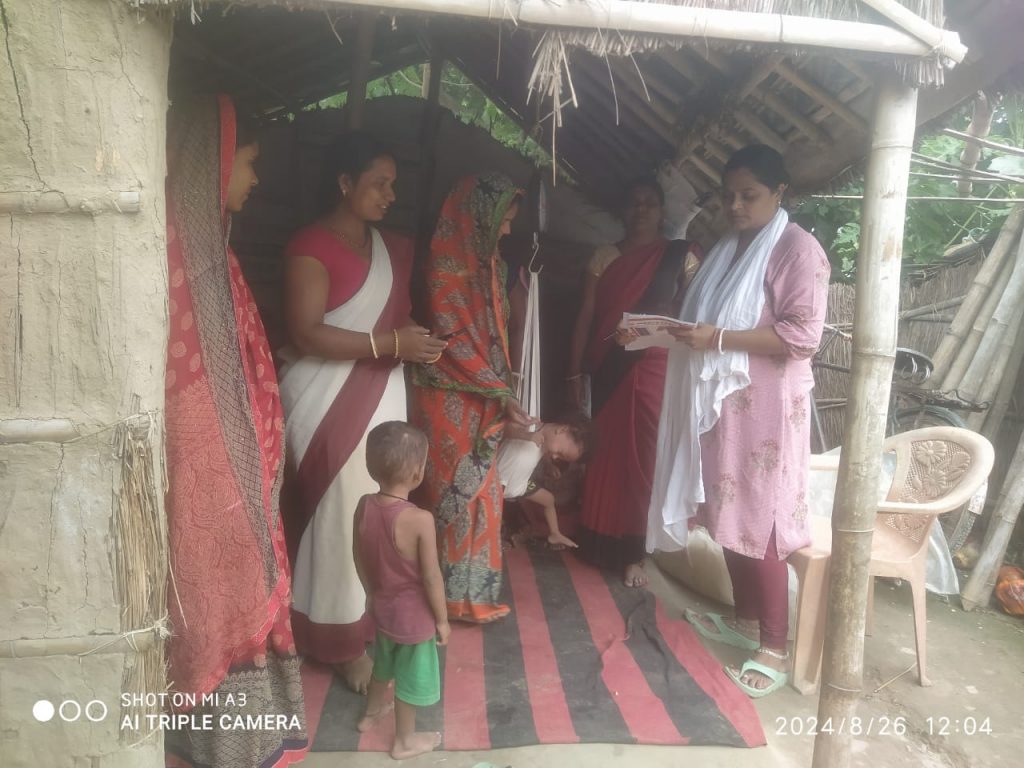
A STORY OF HOPE
At the start of Mission 45 Care@Door in August 2024, 10,507 children were severely malnourished. By February 2025, the number had dropped dramatically to just 0.21% of the target population – a life-changing recovery for over 9,500 children.
Beyond numbers, the initiative restored hope and potential in thousands of young lives. Anganwadi centers now serve better quality meals. Parents demonstrate better hygiene practices. Enrolment in Nutrition Rehabilitation Centers rose sharply. The stigma associated with malnutrition treatment has significantly reduced.
“It’s not just about saving lives, but about giving these children a future – a real chance to learn, grow, and dream,” said Dr. Choudhary.
Success stories abound – like little Meera from Sabour block, once dangerously underweight, who now runs around laughing with her friends, or five-year-old Roshan from Nathnagar, who finally started school thanks to his renewed health.
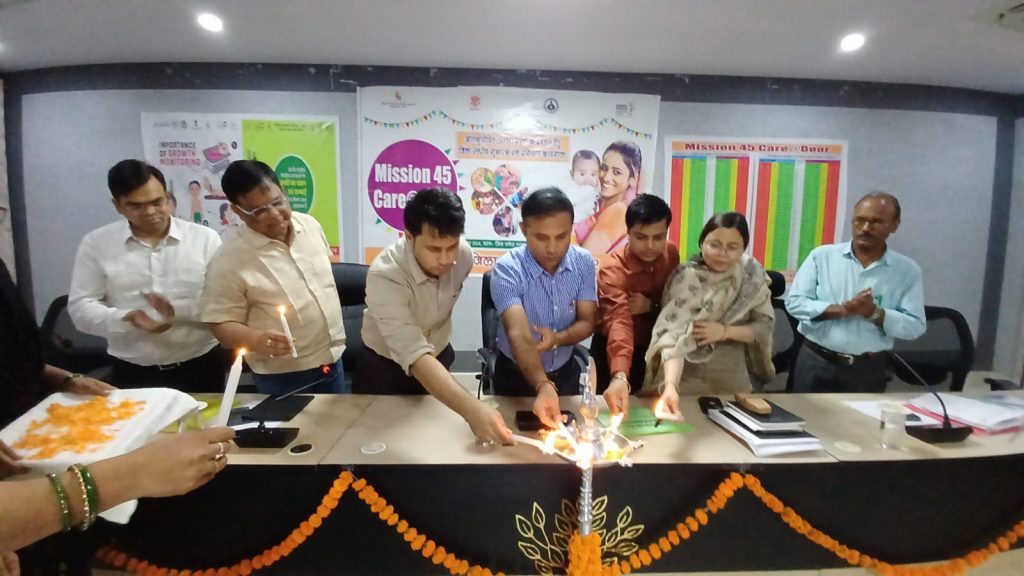
SCALING THE SUCCESS
Mission 45 Care@Door offers a replicable, scalable model for other districts battling child malnutrition. Its success is rooted in three pillars:
- Detailed Planning: Pre-launch training and strategy alignment.
- Rigorous Training: Empowering frontline workers to deliver results.
- Strict Execution: Real-time monitoring, zero tolerance for complacency.
Districts with a strong network of ASHA and Anganwadi workers, motivated administration, and political will can easily adapt this model. A key recommendation from Bhagalpur’s experience is to foster community trust early and maintain transparency throughout.
“The real ownership must shift to families and communities. Only then is the battle against malnutrition truly won,” Dr. Choudhary emphasized.
Bhagalpur’s story serves as a resounding reminder that government programs don’t have to be slow-moving behemoths – with the right leadership, they can become engines of rapid, visible change.

THE ROAD AHEAD
Dr. Choudhary and his team continue their efforts to sustain and further improve child health indicators in Bhagalpur. Plans are underway to integrate early childhood education with nutrition services, ensuring holistic development for every child.
“We have shown that malnutrition is not an unsolvable problem. With science, strategy, and compassion, we can give every child a fair chance at life,” Dr. Choudhary concluded, his eyes reflecting the quiet determination that had steered Bhagalpur to victory.
The next phase aims to link nutrition outcomes with maternal health, teenage anemia control, and early learning outcomes, creating a strong foundation for healthier generations to come.
